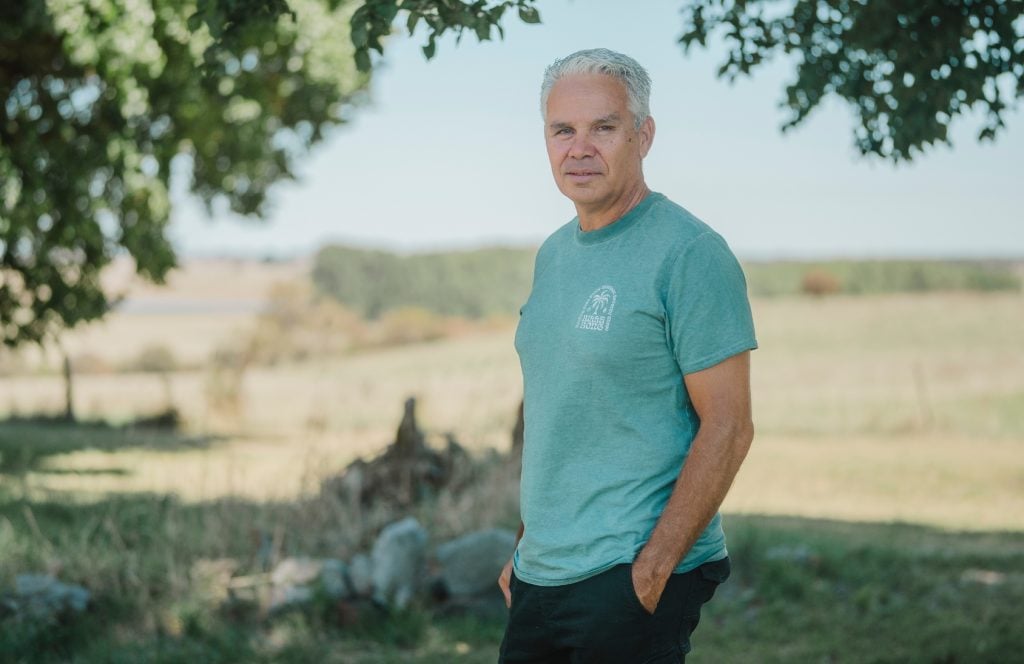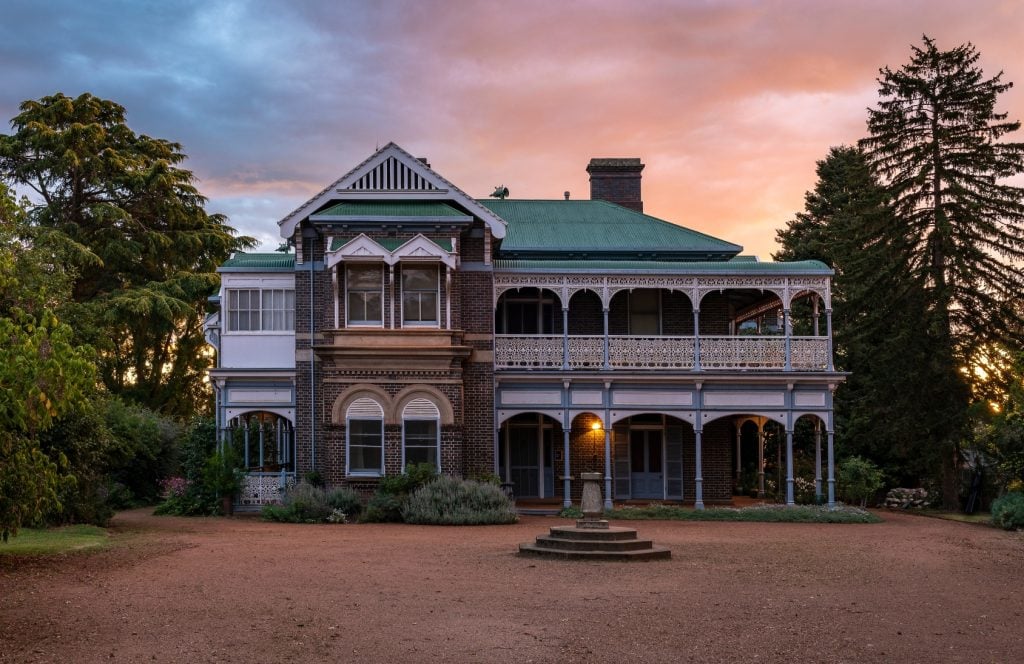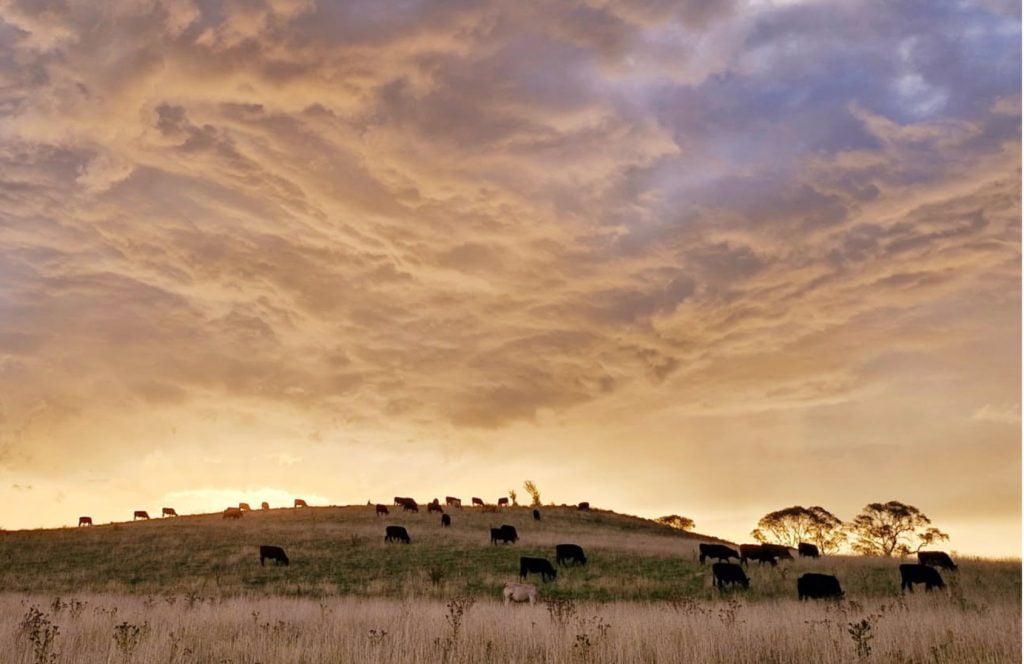Saumarez Homestead has long been a window into Australia’s colonial past, but there’s a deeper history to be told. David Widders is a proud Anaiwan man from Armidale in the Northern Tablelands, who grew up near the Homestead. He shares his approach to telling the story of the property and its surrounding Country.

The Anaiwan are known as Cold Country Mob and freshwater people. Our neighbours described us as the snow people because where snow fell on the New England Range is pretty much where our boundaries lie. Our landscape and our identity is lots of granite, stringy bark trees, beautiful creeks and brooks. You’ll often see the landscape change pretty clearly when you start to get to the boundaries of our Country. Anaiwan people have been the custodians of this great land for many, many thousands of years. I love getting out there to tell the Anaiwan story and share our language and our local history, particularly with the point of contact with colonial settlers. I’m fascinated by the history of our Country, both the black and white.

A meeting place
I grew up just a couple of kilometres from Saumarez Homestead but I didn’t know a lot about it until a year or two ago. I did hear one story about a gentleman that set up here in the original day: there was a platform up here on the high country, where he would sit and do his work while watching over the landscape. I think this would have also been a perfect pinnacle for Aboriginal people to observe things coming this way, whether that was for hunting purposes or people gathering and meeting points. When you travel around the New England area, you’ve got all these high points of Country, which would have been significant to our Mob for a whole range of reasons.

Expanding the narrative
The first point of contact for our Mob here was during the 1830s. They say it was down around the area known today as the Walcha Station. It’s frustrating the way history has portrayed us as uncivilised and nomadic. What I’m learning about my people now is changing the narrative – we were the astronomers, the agriculturists, the first bakers in the world. We have the oldest living continuous culture, but the point of contact was harsh, it was hard and it was quick. I think Aboriginal history in this country needs to be told, and it needs to be told from an Aboriginal perspective, with a bit of truth-telling. History can hopefully join the dots. By black and white people coming together to share that information, we’ll probably make the story a bit more real and true, in the bigger picture.

All of this land, all the essence of our land and Country, would have had some meaning, some connection, some purpose. Our Mob have resided here and been custodians for thousands of years, but we don’t reap the benefits of the wealth, in particular of the agricultural movement up this way. The one key thing I want people who visit Saumarez Homestead to know is that they walk on the land of Anaiwan people, that our Mob are the traditional custodians of this land and it does have a very strong history that goes with it. When visitors drive through the gates, I’d love for them to see a plaque or sign that says, ‘Welcome to the land of the Anaiwan people’. The other thing I’d love to see is an Aboriginal person as a tour guide, telling the Anaiwan perspective. We want to share our story.
Plan your visit
As part of our ongoing Reconciliation Action Plan (RAP), the National Trust and Saumarez Homestead has been consulting with David Widders and community Elders to integrate Anaiwan perspectives into the visitor experience. Over the coming months, signage across the property will be refreshed to include Anaiwan language, and new audiovisual storytelling will bring the histories of people and Country to life. Staff and volunteers at Saumarez Homestead will benefit from cultural training to enrich our understanding of this special place. Find out more.

 Facebook
Facebook Linkedin
Linkedin Email
Email